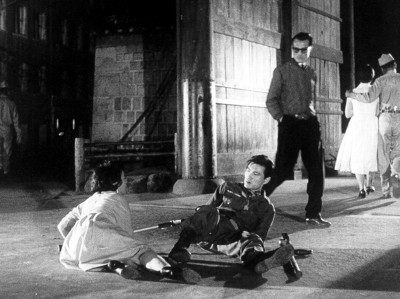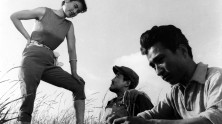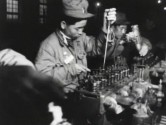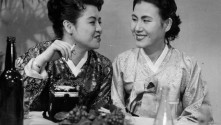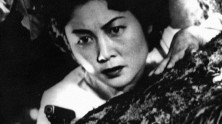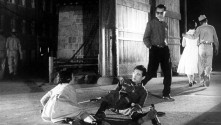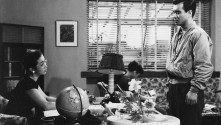
Holiday in Seoul
(Soul ui hyuil)
With No Nung-gul, Yang Mi-hui, Im Song-suk.
South Korea, 1956, 35mm, black & white, 90 min.
Korean with English subtitles.
It is only recently that Lee Yong-min’s pioneering artistic trajectory started to attract the limelight, mostly with his horror films in the 1960s and 1970s. While lesser known, the melodrama Holiday in Seoul demonstrates Lee’s wide scope of genres, admirable cinematography and depth of reflection on postwar media culture in South Korea. As the title suggests, the film foregrounds its reference to Roman Holiday, appropriating the Hollywood hit’s romanticization of Rome into creating a fantastic landscape of reconstructed Seoul with active use of deep focus. An upper middle class married couple who have planned a holiday together end up unexpectedly separated; the film follows the husband and wife as they solve a murder mystery and help their neighbors in crisis respectively. In addition to showing various picturesque spots of Seoul, the dual narrative is crucial for envisioning the deep entrenchment of the ROK-US alliance trope in the conception of modern ethics and gender roles in South Korea. In contrast to the negative depiction of “Americanized Korean women” in contemporary films, the female half of the couple, Nam Hi-won, stands out as the most enlightened figure in the film. While avidly consuming American luxury goods, Hi-won’s “taste” does not contradict her humanitarianism. The fact that Hi-won proceeds to criticize the mass media’s craving for spectacle in the end reads as a critique of the film’s own romanticization of Seoul. Here, the US is elevated to the driving force for self-reflection.
